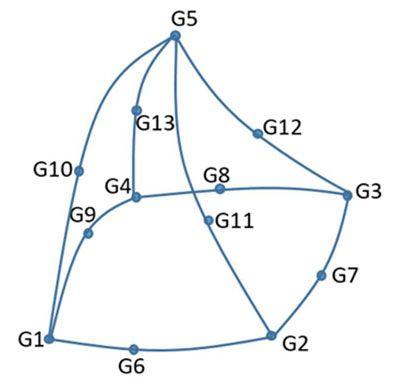 MSC Software announces the release of the new version MSC Nastran 2019.0. MSC Nastran is the most frequently used finite element (FE) solver worldwide for structural analyzes in the areas of statics, dynamics and acoustics. Version 2019.0 offers new element types and more user-friendliness when modeling loads and contacts.
MSC Software announces the release of the new version MSC Nastran 2019.0. MSC Nastran is the most frequently used finite element (FE) solver worldwide for structural analyzes in the areas of statics, dynamics and acoustics. Version 2019.0 offers new element types and more user-friendliness when modeling loads and contacts.
Computers and programs are becoming more and more powerful - as a result, the calculation models in industry are also being resolved with ever more detailed and finer detail. As a result, computational engineers have to mesh parts with a large number of solid elements. The networking takes place in interesting areas with hexahedra and in other areas - where hexahedra would be too complex - with tetrahedra. The version MSC Nastran 2019.0 with its new pyramid elements now enables a seamless transition between the different element types in the same network.
When a rotating structure is connected to a fixed one, users do not want to apply rotational forces to the whole model, but only to the rotating structure. This is now possible in MSC Nastran 2019.0. Likewise, gravity loads can be applied to parts of the model. In addition, in the contact calculation in MSC Nastran, the initial stress-free contact for coarse nets has long provided initial contact without artificial model-related tensions. Now, even in post-processing, calculators can track exactly how the nodes are moved.
The development of electric cars is advancing and due to the low-noise electric motors, high-frequency noises and vibrations are gaining attention. This makes the simulations exponentially more computationally intensive. There is a new Fasrfr method in MSC Nastran 2019.0. This method makes NVH calculations up to 10 times faster. The ever larger models also require efficient model management. With the new module technology in MSC Nastran, parts can be easily combined, copied and mirrored into assemblies.